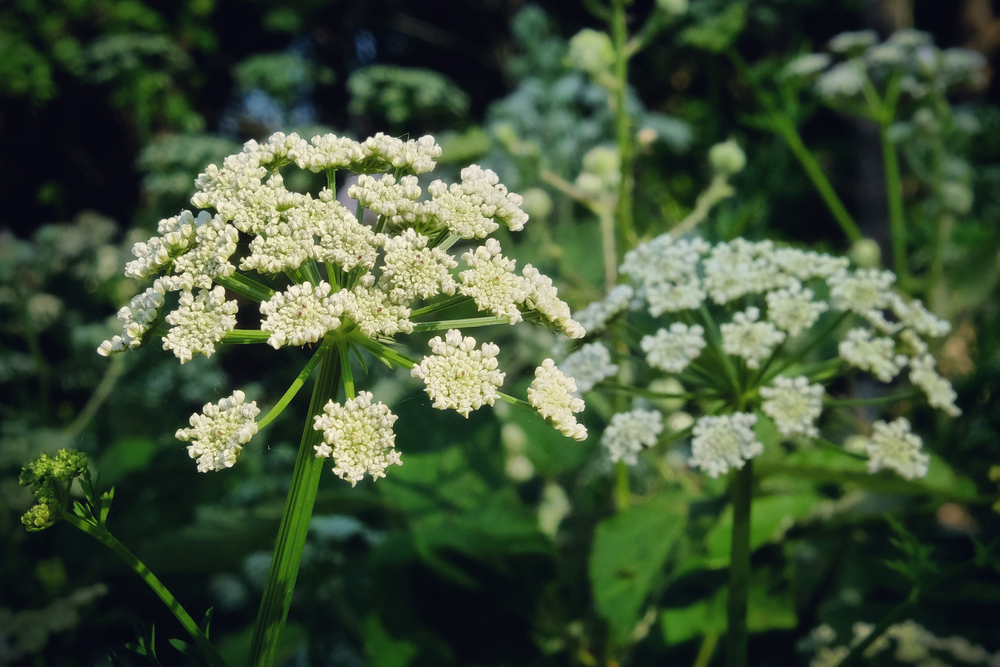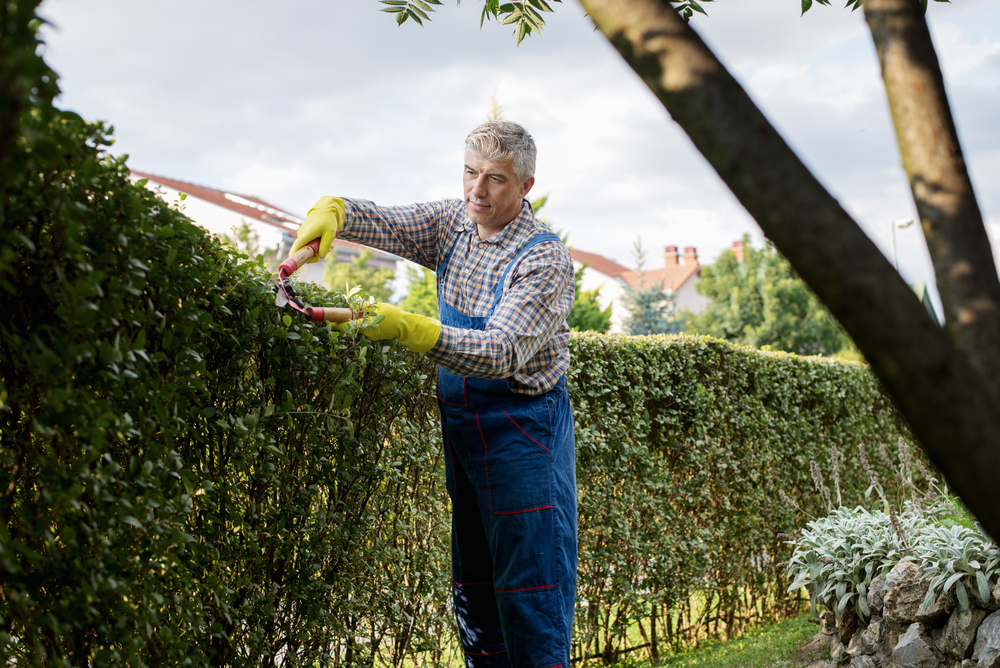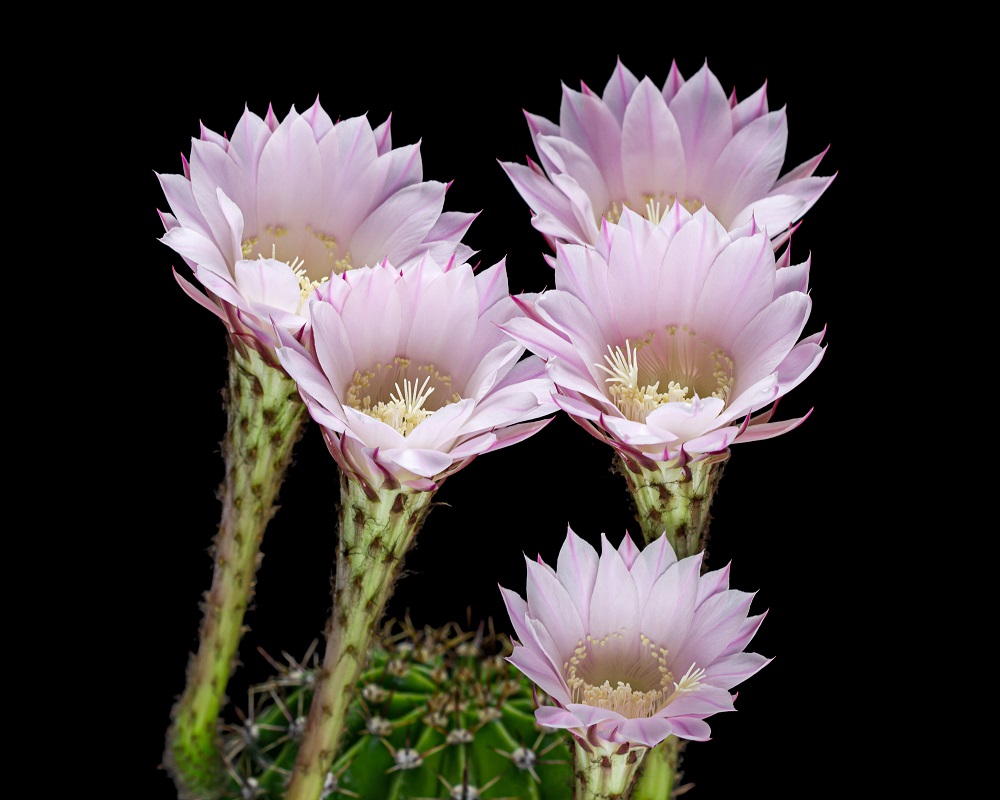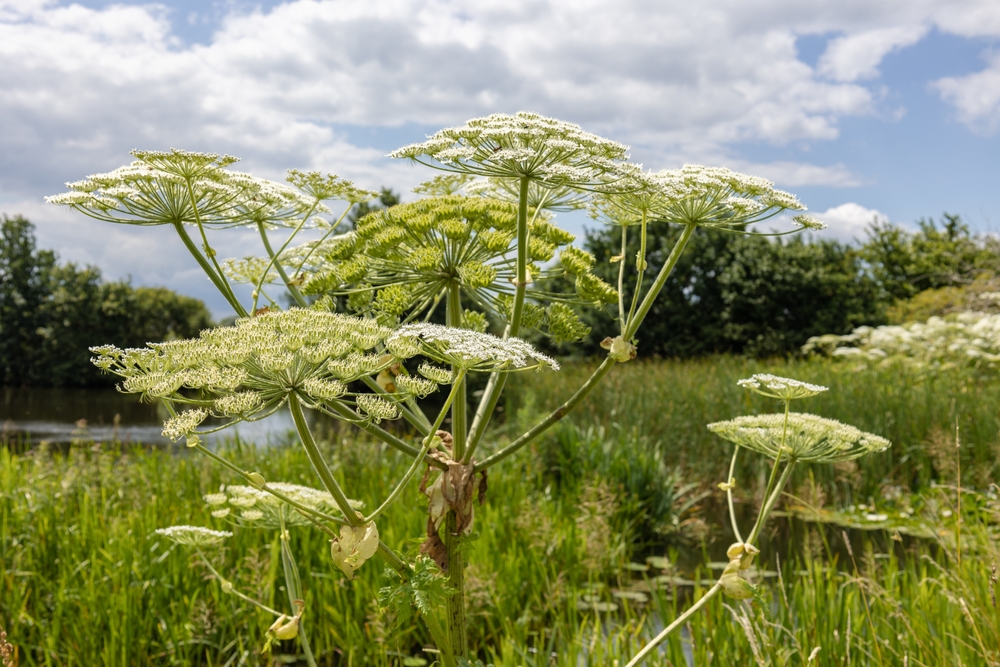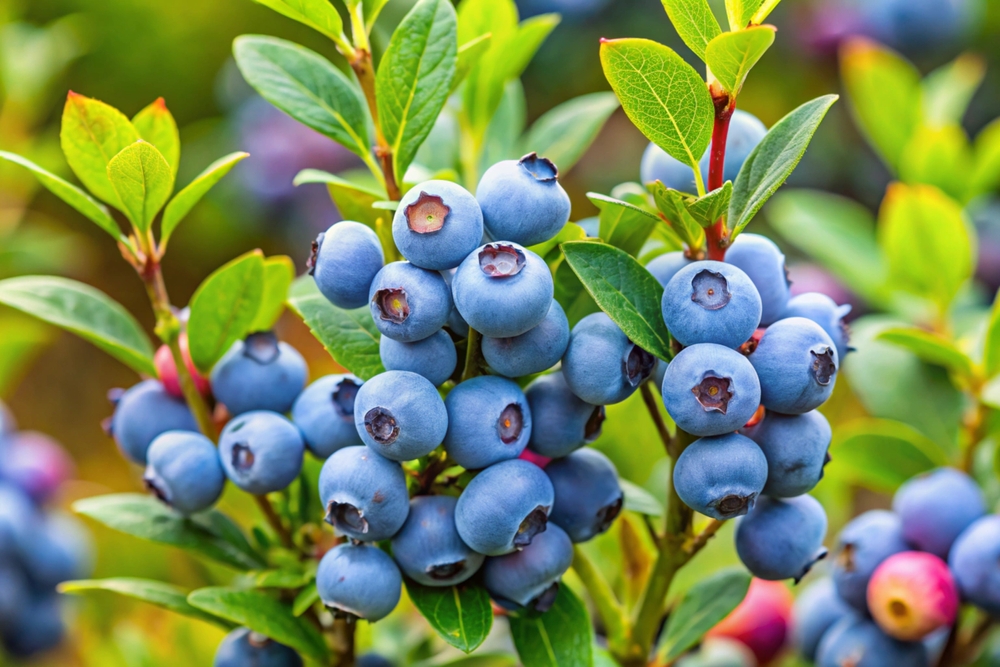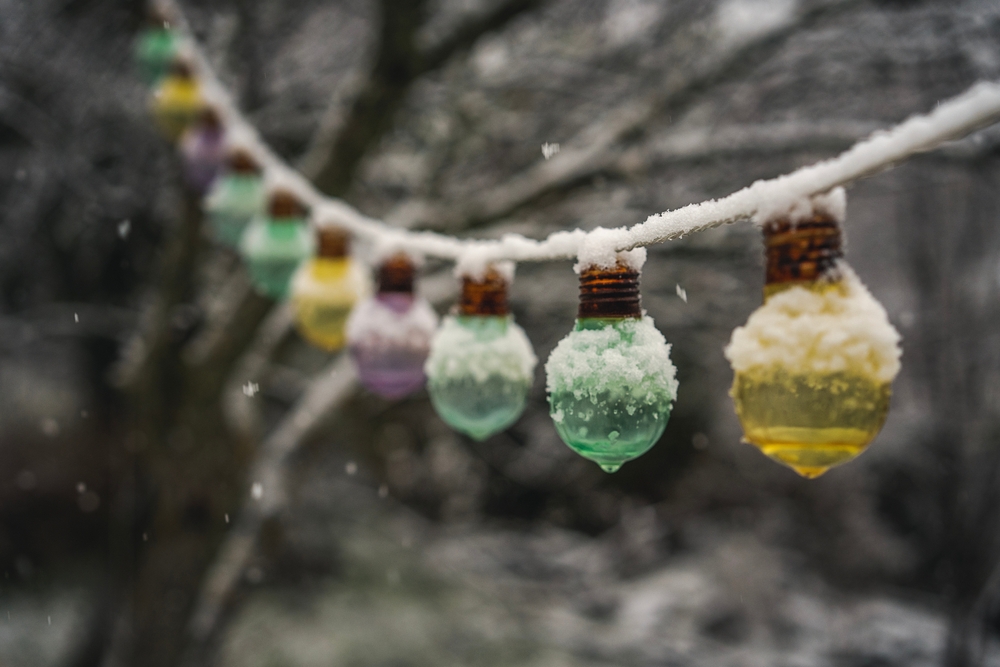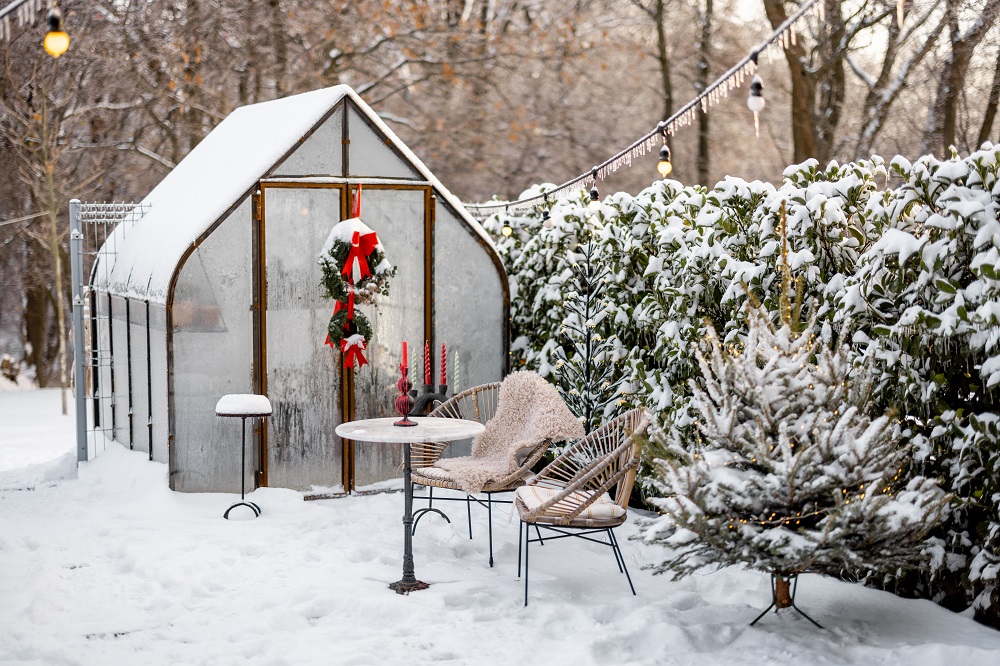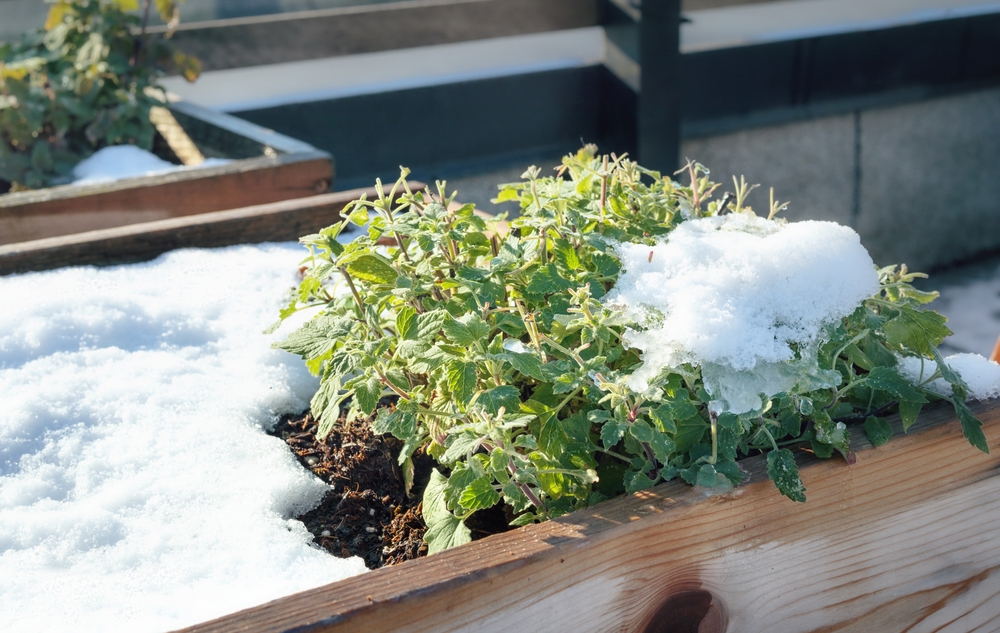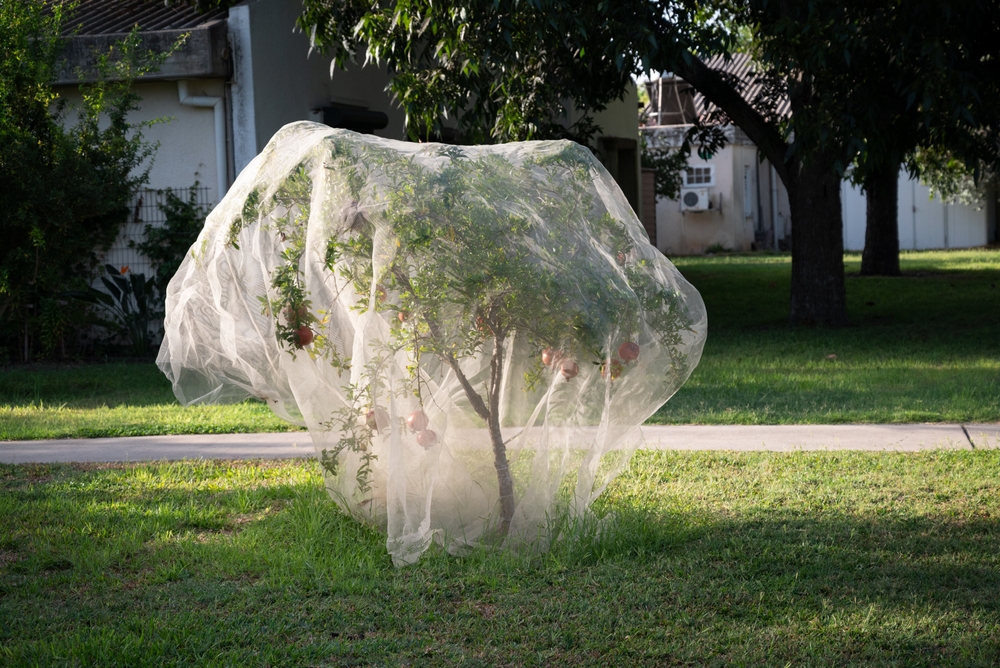From tiny seeds to your plate, these vegetables for your indoor garden are a true delight!
Many individuals find that they can cut their grocery bills by producing their vegetables at home. However, you can’t pursue your dreams if you live in a small place, right? So, dear green thumbers, I have good news for you! If you’ve always dreamed of a nice and big backyard where you could grow all the vegetables you enjoy eating, but you are living in an apartment in the middle of a city (like me) without even thinking that you can nurture and grow them accordingly, I am here to debunk this myth and tell you that it is possible.
Indoor plant growth is simple and requires minimal attention. The most delicious vegetables for your indoor garden are listed below, along with all the information you need to know before starting. Grab your gloves, some pots, and seeds of your choice, and let’s get to work!
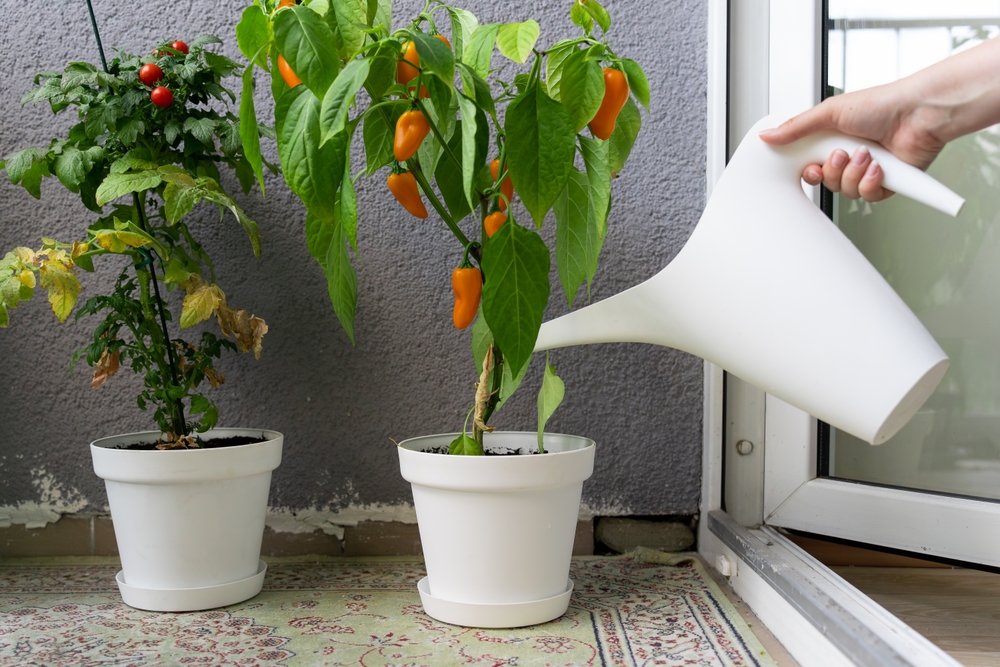
Hot peppers
I begin the list of vegetables for your indoor garden with my favorite hot peppers. Don’t worry, because they’re super easy to take care of, especially if you’re a rookie in this field. Since pepper plants are tropical perennials, they need full light and warm temperatures to flourish. However, because they self-pollinate, they can do very well inside an apartment. They require 14 to 20 hours of sunshine every day, and they do best at 70 degrees Fahrenheit. Plant them in a pot that is at least eight inches high, and when you don’t water them, let the soil dry up.
If you have a wider balcony, you can store the hot pepper pots there. You won’t believe how easily they will start to grow. Oh, and it also helps if you talk to them. I do that with mine, and guess what? They seem to have produced more tiny hot peppers since then!
Plant them at a depth of about 1/4 inch. It’s commonly known that hot peppers, and particularly super-hot peppers, are difficult to sprout; nevertheless, you may boost germination rates by applying bottom heat.
Additionally, if you intend to grow more than two hot peppers, remember to plant them 12 to 18 inches apart and provide support between them. This is important because the branches can easily snap, especially when they are bearing fruit.
Potatoes
Wow, potatoes in an indoor garden? That’s a hoax for sure, you may be tempted to say. But let yourself be amazed by the fact that both regular and sweet potatoes can grow in large pots. Cut up a sprouting potato first, then place the slices sprout-side up in not less than four inches of soil. After adding four more inches of soil on top of them, you should have potatoes in approximately two months!
The golden rule of growing potatoes indoors is to make sure they have enough space in the pot to expand since they can grow very big! Also, make sure to keep an eye on them daily because once they start growing, they need to be covered with soil.
Herbs
Herbs are my favorite thing to add when I cook, so I basically buy a ton from the grocery store. One day I decided to grow my own herbs in my own pots on my own balcony. And guess what? I succeeded! I’ll tell you how.
Because they enjoy sunlight, you’ll need to provide them with 12 to 16 hours of it each day. It’s usually about 70 degrees F that they do best. Among the best herbs that thrive in small spaces are parsley, chives, thyme, sage, oregano, rosemary, and mint. Pick your favorite from the plethora of options available on Amazon. I bought this 10-pack and I am happy with my choice so far.
Leafy salad
During the summer, my family and I eat a lot of leafy salads; therefore, we spend a ton on fresh produce. So after growing everything we shared on this list, we decided to see how it goes if we try to grow baby spinach.
In tiny places, they may develop as fast as four weeks. They thrive at temperatures of about 60 degrees Fahrenheit and require roughly 12 hours of sunshine every day. If you have a balcony, definitely place them there. If not, near the window will be just fine.
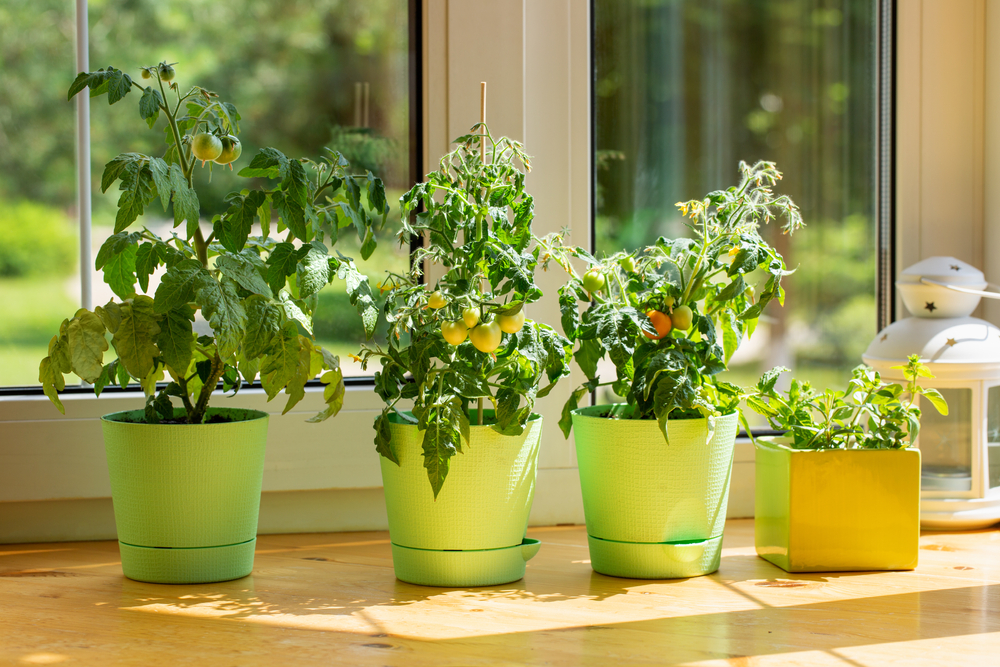
Tomatoes
Why spend a lot on tomatoes at the grocery store when you can grow your own at home? And they’ll be tastier, for sure! So, let’s see what you need to know before planting tomato seeds. Although tomatoes are a warm-weather plant, they may nevertheless thrive inside. They will require fourteen to twenty hours of light every day.
They self-pollinate, just like peppers, but you may also shake them to encourage pollen to go from blossom to flower. In containers, smaller types like cherry ones often do better, and the seeds will sprout really fast.
Scallions
The good news about scallions is that they don’t need as much light as the other vegetables mentioned above. Green onions can grow with just 5 hours of sun per day. They are simple to care for, growing easily from both seeds and roots. Replant the root end after using the top for your meals.
You’ll have them growing up in no time!
Cucumbers
Potatoes, tomatoes, and now cucumbers! That’s just fantastic, isn’t it? After having a tiny indoor garden, you will see how frugal you’ll become. While meat is the most expensive item in supermarkets, fresh produce also costs quite a lot, especially if you buy it off-season.
Who doesn’t like cucumbers? They’re such a refreshing addition to any salad or simply as a snack between meals. And it’s very simple to cultivate them indoors! If they receive support and lots of sunlight, you’ll be blessed with an abundance of ripe, juicy, and crispy veggies.
Radishes
From germination to harvest, radishes grow quickly—between 30 and 40 days. Similar to scallions, they won’t require as much light as many other vegetables, but to allow their bulbs to thrive, make sure they are not packed too tightly.
Want to make a summer salad? Grab all the vegetables from your indoor garden.
Garlic
Garlic is another vegetable that is super versatile and can grow in your small indoor garden. But compared to an outdoor garden where growing bulbs is better, green garlic grows happier indoors in medium- to large pots.
Moist potting mix should be added to a 6-inch container, making sure that the drainage hole is left open. Green plants should appear in a week or two if you store the pot in a light area. When they are several inches tall, they are ready to be clipped.
Basil
If you love cooking with basil, fresh basil works wonders, but it’s not always easy to find it in stores. So why don’t you grow it in your apartment then? The plant mix should be dampened and added to the selected pot. Carefully distribute the seeds and cover them with just a little more moist soil. Consider spraying instead of pouring water and removing those little roots until those seeds grow and take root. After an inch or two on top is dry, add water.
In less than one month, you will have your basil growing tall and nice! This herb grows quickly and easily, making it a great option for rookie gardeners.
Bottom line:
After you decide what vegetables you want to grow in your indoor garden, decide on the location. For optimal growth, place the plant in a sunny area receiving at least 6 hours of light per day. Also, buy some soil fertilizer because some vegetables grow easier and faster if you fertilize the soil accordingly. When you purchase it, ensure it’s free from fungus, pests, and weeds. Oh, and don’t overdo it! Some plants get killed by too much fertilizer.
You may also like 9 Beautiful Indoor Plants That Can’t Be Drowned.

